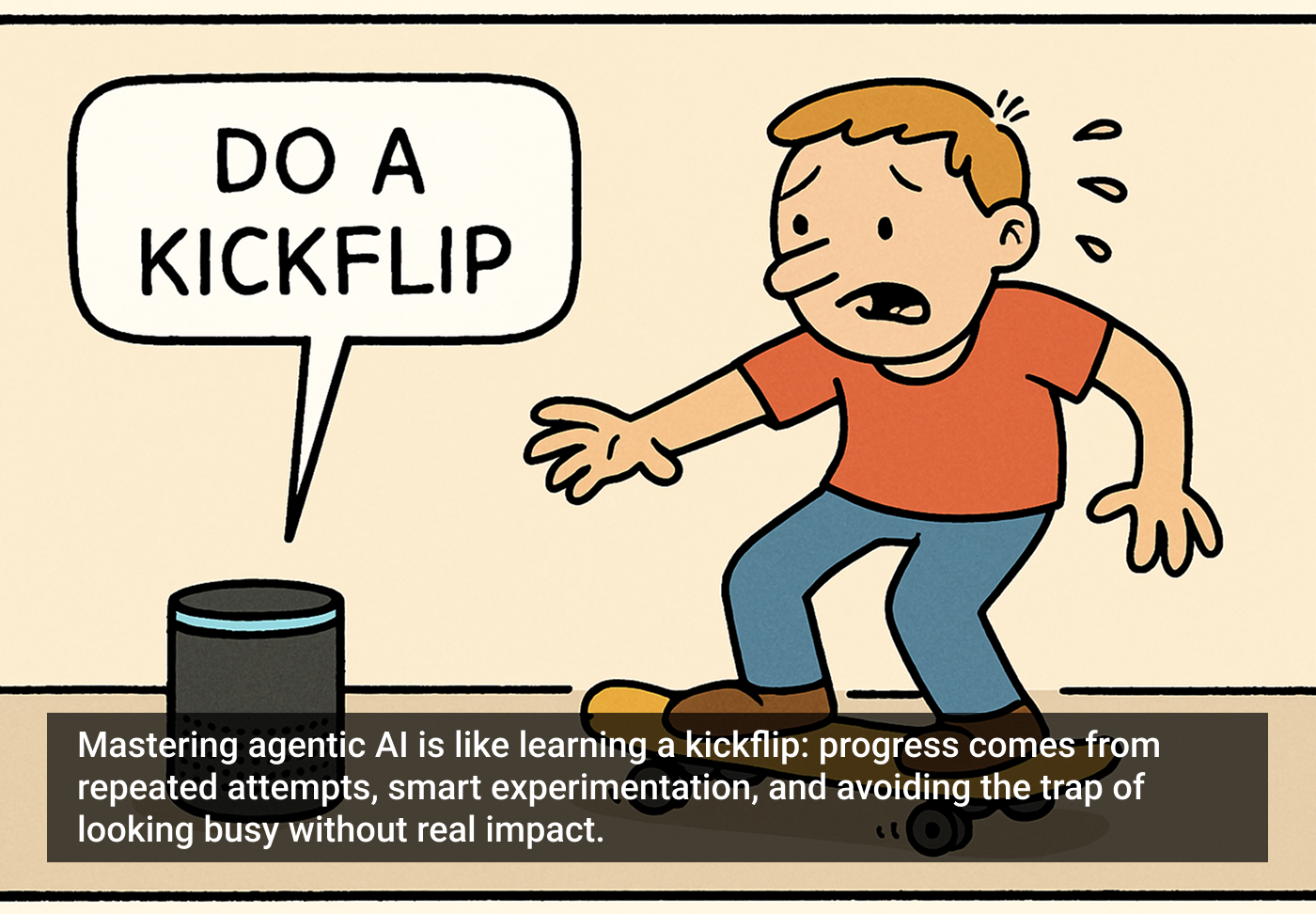This is a rather speculative article because we’re right on the cusp of something new. Whilst we’ve seen an explosion in interest in LLMs in recent times, and we’re seeing plenty of AI integrations in existing products, there’s another angle emerging: products built from the ground up around an AI engine.
I call this next generation of products ‘AI-first’. These apps will serve a specific purpose by providing a guided interface to an underlying AI engine. They will be built from the design stage to take advantage of the AI engine, but the engine won’t be their sole focus. They’ll need to offer more to users than merely a way to converse with the AI, and they’ll also learn from previous iterations of themselves.
The ultimate expression of this will come when AI opens up an entirely new field of work for the first time; I’m ignoring the task of creating and managing AI, as that’s merely an extension of software development. Until now, AI’s been limited to helping with existing tasks, but sooner or later I believe we’ll see the emergence of entirely new fields of human activity. What will they be? I’ve no idea, not yet at least.
A few AI-first apps already exist — Uizard is a good example — but to date, most ‘AI apps’ are still little more than extensions to existing technology, or chat interfaces directly to the AI, making the user do all the legwork by getting good at prompts. If you want plenty of examples, check out this list of ‘top AI apps’: https://builtin.com/artificial-intelligence/ai-apps; you’ll see that most are very thin interfaces over an LLM.
Trends for designers to consider
Although there aren’t yet many examples of ‘AI-first’ applications, I believe there are a few trends product designers should expect to need to consider.
Less precise definition of what will delight the user
User isn’t fully ready for these apps, so there’s less available data to support analysis of their wants and needs. This is to be expected in any new industry sector, but with AI the issues will be amplified because in one sense we should already have the answers. After all, AI is just turbocharging existing tasks, right? Well, yes and no. While the underlying ‘things’ the user wants to achieve will largely remain the same for the time being (users will just want ‘bigger’ and ‘faster’, but not ‘new’), the way they interact with AI-first apps will be different from traditional software. Which brings me on to…
A new approach to interface design
Modes of interaction will certainly change with AI — in fact, this is one of the promises of the technology. Inputs will be less rigid and might be defined and refined in real-time. That’s going to make the job of describing a product much more complex. Users won’t like it, either — it’s practically impossible to learn a product if it keeps changing underneath you. So, product designers will have to work out which elements ought to be static, and which they can allow to be flexible without totally flummoxing users.
Helping users with prompts
One thing is universally agreed about the new field of LLMs — the most successful users of these tools will be the ones able to optimize prompts to achieve the desired outcome most effectively and efficiently. Not every user is going to be naturally attuned to this task, and so designers will have to work out how to support them as they learn what for many will be an entirely new capability. This is already happening in some AI apps — Google’s ImageFX (which now appears to have had the brakes put on, like many tools) offers to optimize users’ prompts, presumably using another LLM in the background.
Less linear user journeys
We’re used to designing relatively linear user journeys in most apps. Yes, there are branches, and in rare cases a loop, but these are very much distractions from the Golden Path. Apps with AI at their heart might well have more feedback loops in them, as the outputs of the AI are refined by humans as a collaborative exercise. This might mean changing the way we design journeys, to fit more naturally with iterative experiences.
Warning users of limitations, and managing them
This is an area which needs careful consideration. LLMs are well-known for their tendency to hallucinate, and over-reliance on the outputs of one model might have catastrophic consequences. As product designers, we should get used to building in warnings about the likely accuracy of what’s been output, and technologists we work with should be ready to build in redundancy; for example, if you have access to 2 or more LLMs, you can use them to check each other’s answers.
Wrapping up
As we can see, there are at least five ways that the AI-first app revolution will force product designers to shift the way they work. I’m sure I’ve missed others, and I’ve very deliberately ignored “asking an AI to design the product”. It was far too easy…
The article originally appeared on LinkedIn.
Featured image courtesy: Emiliano Vittoriosi.








